 |
September 2022
|
 |
 |
Cost of Critters Tipssss the Scales
Invasive alien species continue to be introduced to new regions due to the rapid increase of trade and transport, fueled by global economic growth. Alien species are those introduced by humans to regions outside of their natural range. This introduction can be economically costly and environmentally damaging. The number of invasive herpetofauna, amphibians and reptiles, seems to be on the rise, and with it, the economic cost of global damages.
There are many common pathways of introductions for herpetofauna, the most common of which seems to be the exotic, often illegal, pet trade. These pets are then intentionally released or escape and reproduce in the wild. Another pathway is the introduction through trade and imports. Snakes and frogs are known to stow away in crates or hide among vegetation or plants and then escape into the wild, where a reproductive population is established. Two other pathways are: release as a biocontrol or escape from aquaculture enterprises. We have seen this happen with the cane toad and the American bullfrog. However, no matter how it happened, invasive herpetofauna have proven to be diverse and hardy, reproducing quickly, and often industrially destructive. What is all this costing?
A team of researchers has quantified the economic worldwide cost of invasive reptiles and amphibians. They did this by using the InvaCost database, a comprehensive database that includes the cost of alien species, which is accessible to researchers and the public. Between 1986 and 2020, they found the cost of invasive herpetofauna totaled approximately $17 billion, with $10.4 billion due to reptiles and $6.3 billion due to amphibians. Further examination revealed that a majority of that sum was due to island-wide power outages caused by the brown tree snake in Guam, resulting in a loss of US$4.5 million per year or $10.34 billion during the study period (1986–2019), and the cost of control and eradication measures in Europe for the American bullfrog whose impacts totaled $6.04 billion over the course of the study. Amphibian costs seemed to derive from prevention, control, research, long-term management, or eradication. However, reptile cost seemed to primarily derive from yield loss, infrastructure damage or income reduction, suggesting that economic impact would benefit greatly from investing more in preventative measures compared to ‘reactive control.’
Read the research: Soto et al., 2022
|
|
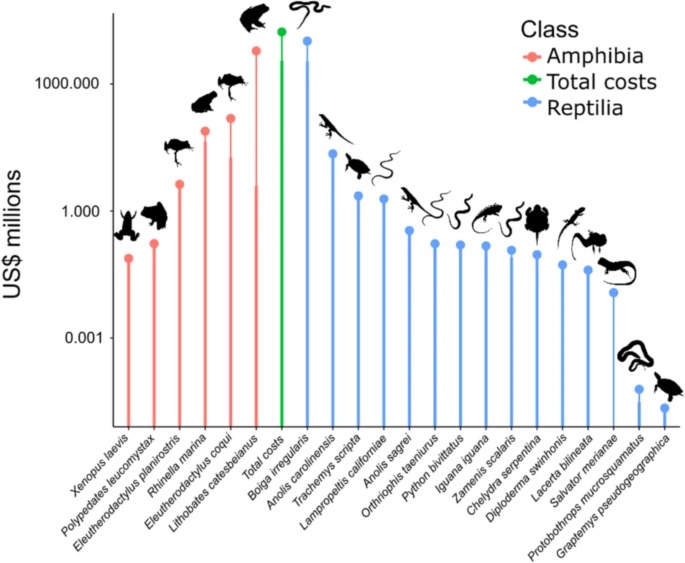 Cost per species for both classes. Red bars represent amphibians, while blue bars represent reptiles. The green bar represents the total cost of invasive herpetofauna. Credit: Soto et al., 2022, figure 2. Cost per species for both classes. Red bars represent amphibians, while blue bars represent reptiles. The green bar represents the total cost of invasive herpetofauna. Credit: Soto et al., 2022, figure 2.
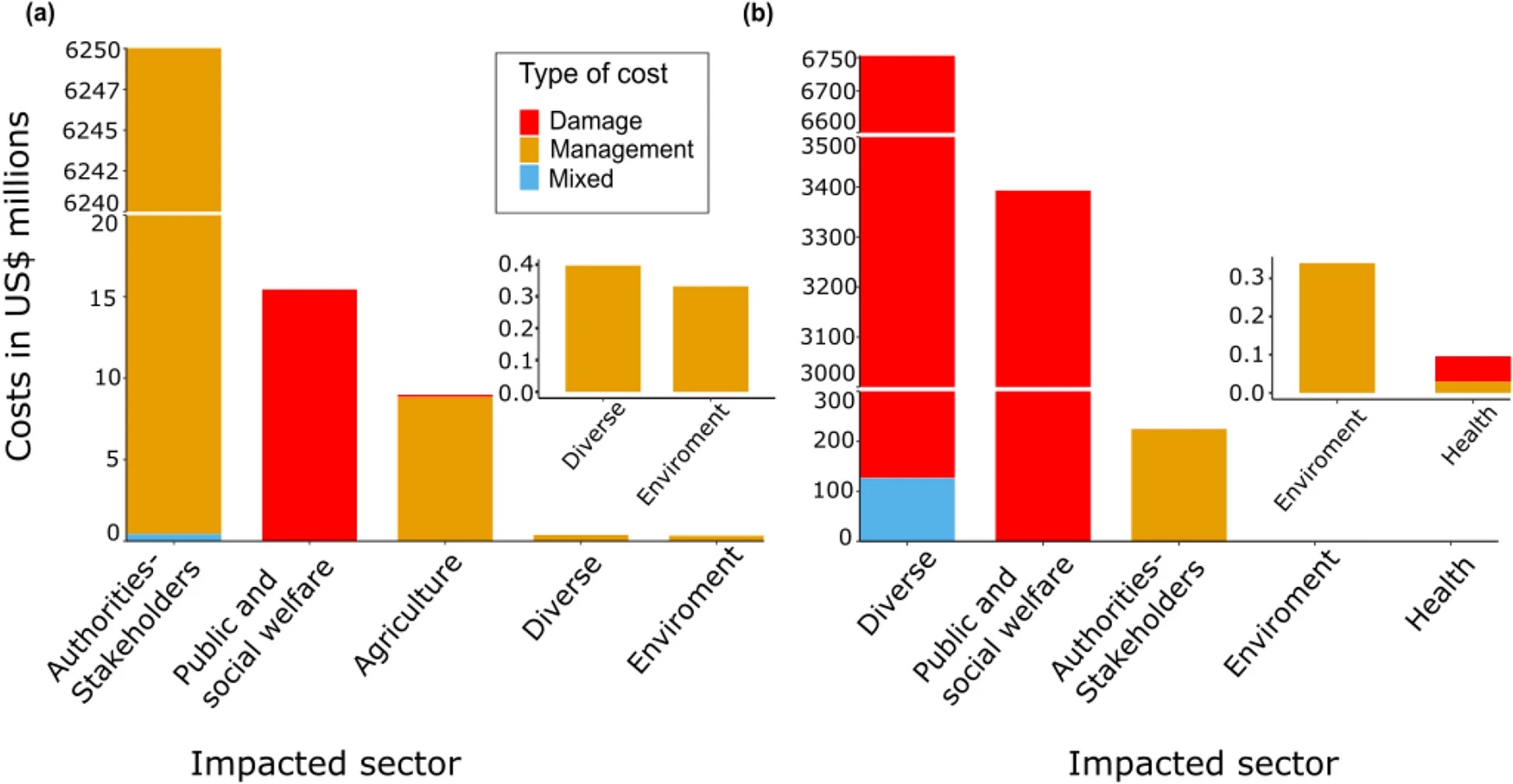 Total cost of alien (a) amphibian and (b) reptile species according to the sector impacted and their type of costs. Credit: Soto et al., 2022, figure 3. Total cost of alien (a) amphibian and (b) reptile species according to the sector impacted and their type of costs. Credit: Soto et al., 2022, figure 3.
|
 |
 |
|
 |
 |
Citrus Greening Cousin is Coming
A new bacterial species has been identified to belong to Liberibacter, a genus of bacteria known to infect many different agriculturally important crops. There are nine known Liberibacter species, including three that are associated with citrus greening and one that infects potatoes. It is closely related to the citrus greening pathogen (Candidatus liberibacter asiaticus), also known as Huanglongbing (HLB), which is caused by a phloem-limited bacterium that is carried to the host by an insect vector, or a psyllid insect in this case (Diapdorina citri). This is the number one killer of citrus trees worldwide, and there are no current effective preventative or treatment options on the market.
Researchers are determined to better understand how this new bacterial species, Liberibacter capsica, genetically resembles the other species of the genus. They have identified 21 genes that are rapidly evolving amino acid mutations associated with infectious qualities. One of these mutations has to do with the tiny bacterial hairs that allow the bacteria to move into host insects and uptake DNA. The insects then infect the host plant. This suggests that L. capsica is quickly evolving the ability to infect insect hosts and, in turn, plant hosts.
Liberibacter capsica was found unexpectedly infecting a male and female psyllid of the species Russelliana capsica, collected in Brazil. These psyllids are pests on pepper (Capsicum annuum) in Argentina and Brazil; however, it is too early to tell if L. capsica can infect psyllid host plants or cause plant disease. Liberibacter species cannot be grown in a laboratory, and this new species is no different. This group of bacteria are also very hard to sequence with high coverage because they need their host insect or host plant tissue to be present. All these roadblocks are making additional examination of the new bacteria species difficult without finding additional infected insect hosts. However, the research team is trying to alert the scientific community to screen plants for potential hosts so that research can be continued, and potential outbreaks can be avoided.
Read the research: Hansen et al., 2022
|
 |
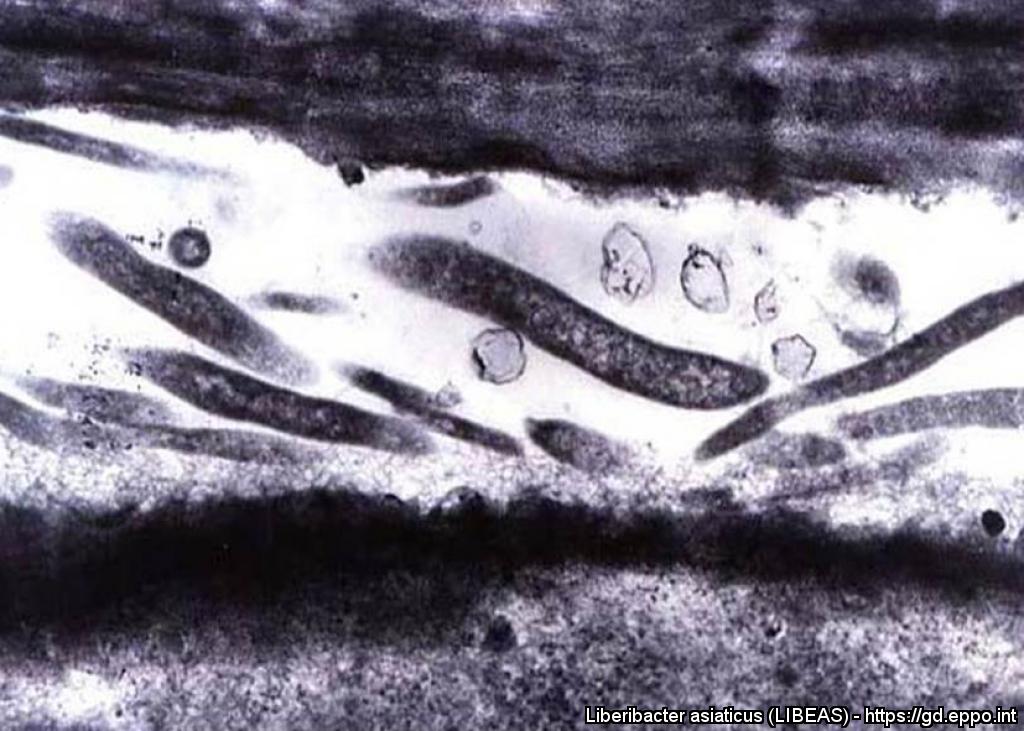 Transmission electron microscopy of Ca. Liberibacter cells located in a citrus sieve tube. Credit: J.M. Bove, INRA, Bordeaux, FR Transmission electron microscopy of Ca. Liberibacter cells located in a citrus sieve tube. Credit: J.M. Bove, INRA, Bordeaux, FR
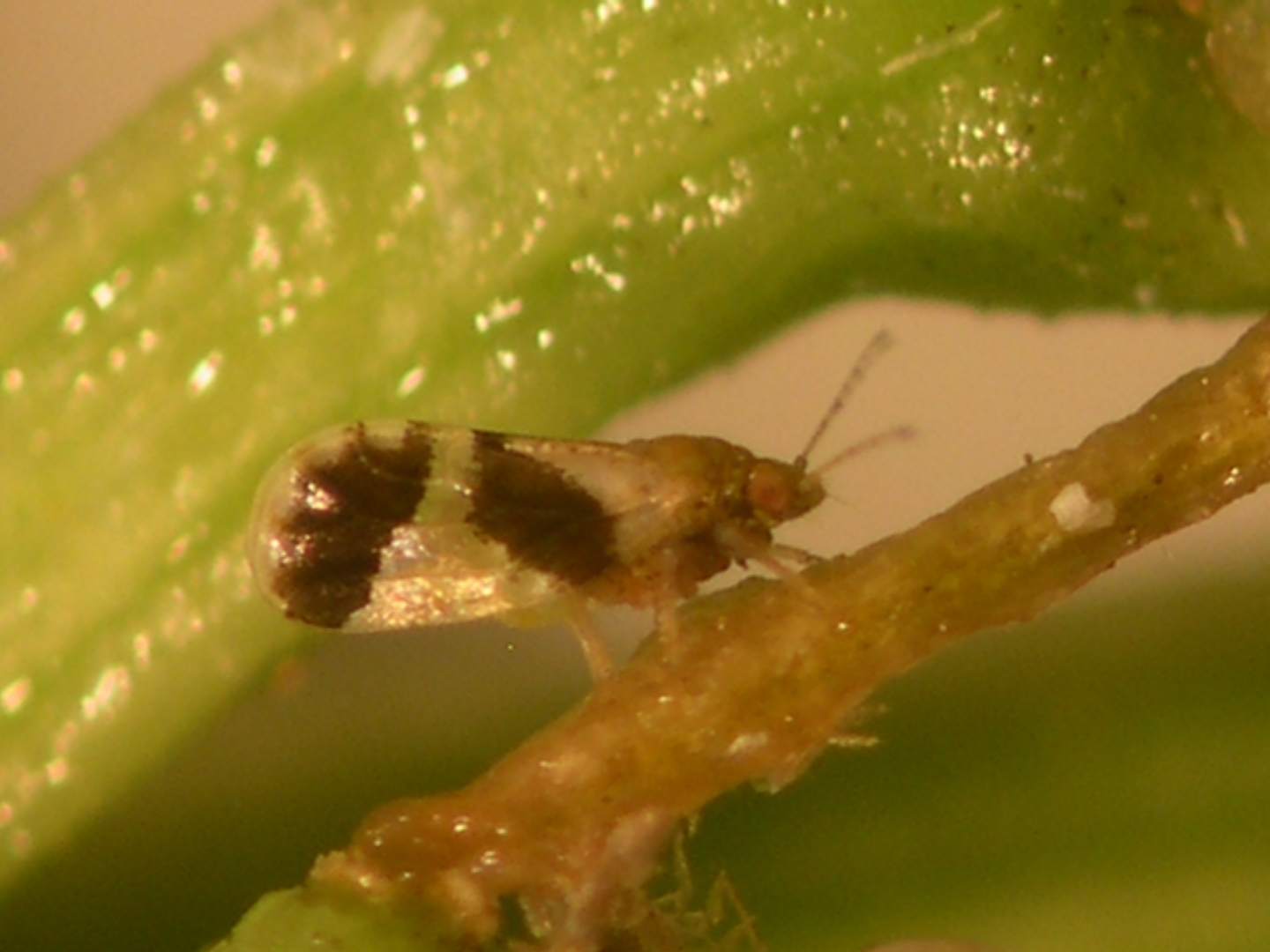 Russelliana capsici, psyllid pest to pepper plants in Argentina and Brazil. Credit: J. P. Bouvet, CC BY-SA 4.0. Russelliana capsici, psyllid pest to pepper plants in Argentina and Brazil. Credit: J. P. Bouvet, CC BY-SA 4.0. |
 |
 |
|
 |
 |
Weighing The Good and The Bad
The International Union for Conservation of Nature (IUCN) Environmental Impact Classification for Alien Taxa (EICAT) is a global standard framework developed to categorize and assess negative impacts of alien species on native biodiversity. Yet believe it or not, alien species can sometimes have positive benefits. They can provide a food source or habitat provisions that were not previously available. So why is there no system to measure these positive correlations or impacts? There is now.
The positive Environmental Impact Classification for Alien Taxa, or EICAT+, uses five semiquantitative scenarios to categorize the magnitude of positive impacts, and describes underlying mechanisms, building off the existing framework that currently only accounts for the negatives. The new system uses a standardized and evidence-based system that can be applied to all alien taxa at different spatial and organizational scales. Originally, the framework was designed to categorize decreases in performance of individuals, population size, and area of occupancy through local population extinction. Ecosystems are often made up of a tangled web of relationships and delicate balances. With multiple alien invasive introductions taking place, it is not always as easy as complete eradication with zero consequences once a population is established and the ‘damage’ has been done, or once the ecosystem has started to adjust. With the combination of the two frameworks working in tandem, a more complete picture can be formed. It can be used to look at the good and the bad involved in alien species so the best conservation approach can be determined. Those involved do not deny how detrimental some invasive species are, they just feel that all the information should be gathered so the best decisions can be made, especially when recourses and funding is limited.
Read the research: Vimercati et al., 2022
|
 |
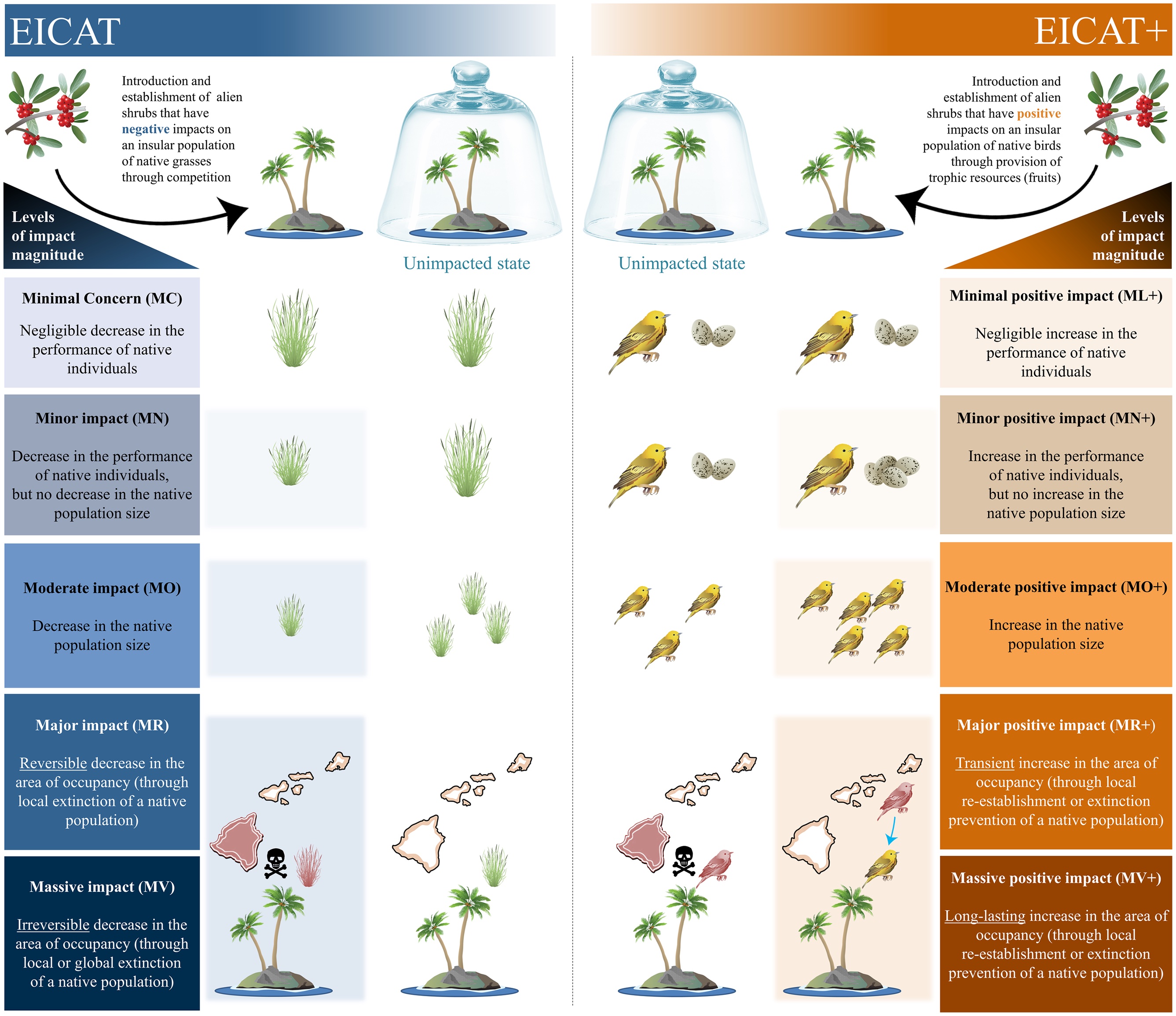
Illustration of EICAT and EICAT+ scenarios: negative impacts (left) and positive impacts (right) caused by a focal alien taxon (shrub species) on native taxa of interest (grass and bird species). Credit: Vimercati et al., 2022, figure 1.
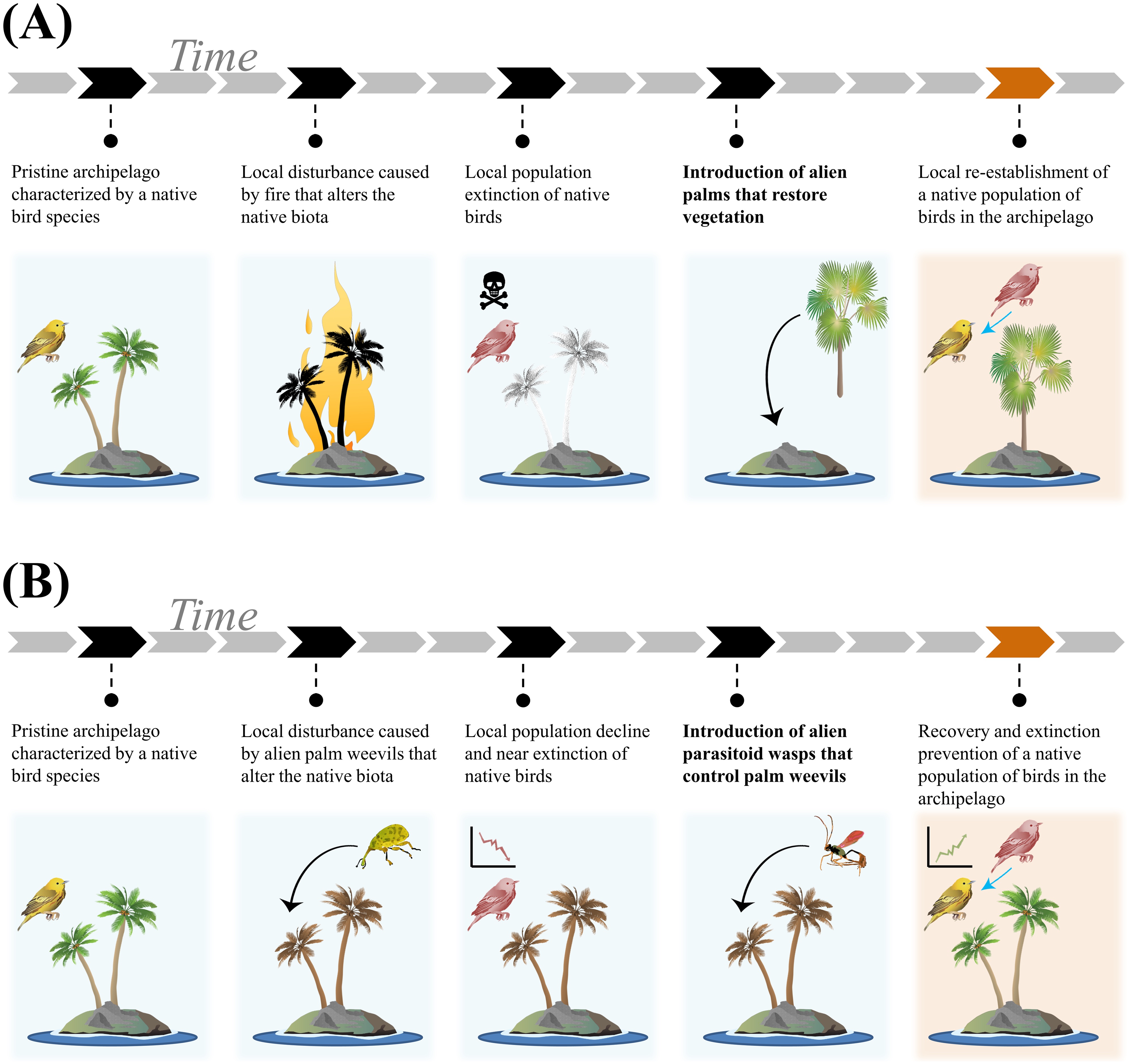
Examples of Major positive impacts under EICAT+: hypothetical examples of Major positive impacts (MR+) caused by an alien palm (A) and an alien parasitoid wasp (B) on a local population of a native bird species (taxon of interest) on an archipelago. Credit: Vimercati et al., 2022, figure 2.
|
 |
 |
|
 |
 |
Texas Citrus Need Your Help
The Asian citrus psyllid (Diaphorina citri) and the Citrus Greening pathogen (Candidatus liberibacter asiaticus) are threatening citrus in multiple Texas counties, and we need your help and samples to monitor the spread. This pest and pathogen are extremely detrimental to Texas citrus, both economically and agriculturally. The presence of either can greatly affect citrus yield.
TISI is offering diagnostic services if you suspect your backyard citrus has either the psyllid pest or the Citrus Greening pathogen.
Contact invasives@shsu.edu for instruction to send a plant or pest sample. If you are located within 200 miles of our headquarters, we can collect samples, and/or provide traps and monitoring services. Not only will we share the results and management strategies (where applicable), but you will become part of a multi-county monitoring survey that is striving to improve the health of Texas citrus!
Also Available: TISI offers educational workshops that highlight information about the Asian citrus psyllid, the pathogen Citrus Greening, and what you need to look out for in your own back yard. Your citrus can also become part of a TISI survey that is monitoring Texas citrus for pests and pathogens. If you are interested in this, TISI will providing trapping materials, assist with management strategies, and more.
|
 |
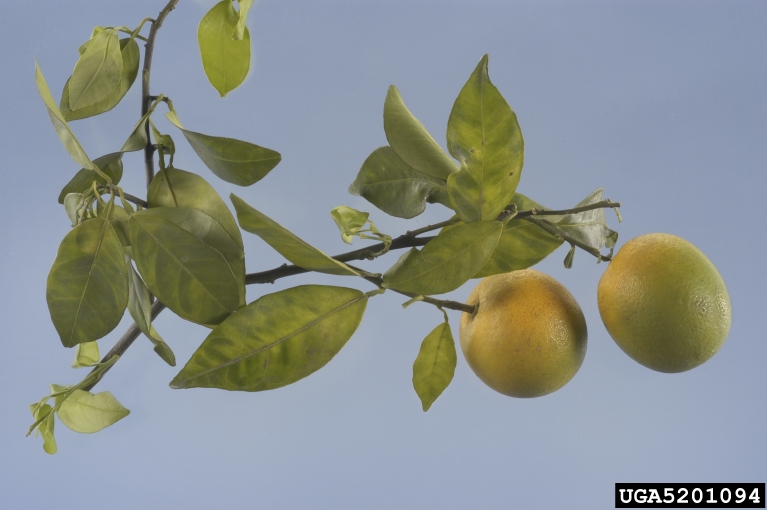
Symptoms of citrus greening bacterium. Credit: Jeffrey W. Lotz, Florida Department of Agriculture and Consumer Services, Bugwood.org
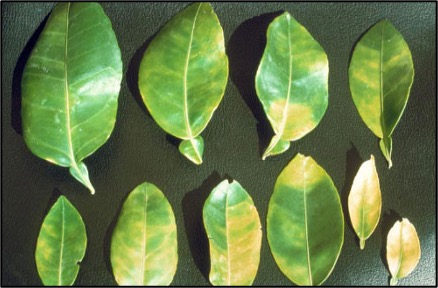
Leaf mottle on grapefruit, a characteristic symptom caused by citrus greening bacterium but also seen on trees infected by Spiroplasma citri. Credit: J.M. Bove.
|
 |
 |
|
 |
 |
NAISMA Biocontrol Factsheets
The North American Invasive Species Management Association (NAISMA) Classical Biocontrol Committee is excited to announce the publication of peer-reviewed weed biocontrol factsheets. Experts are developing this series to cover invasive plants and their associated biological control agents in North America to help landowners and weed managers identify and understand weed species and learn about their biocontrol agents. Eighty factsheets for 40 weed systems will soon be published and freely available online. Factsheets for 15 weed systems are available now.
Weed factsheets cover plant identification, history, distribution, ecology, habitat, and comparisons to look-a-like species. Biocontrol agent factsheets provide information on agent identification, life cycle, impact, habitat requirements, history and status for all biocontrol agents or accidentally introduced species associated with their host plant species.
Click here to see the factsheets.
|
 |
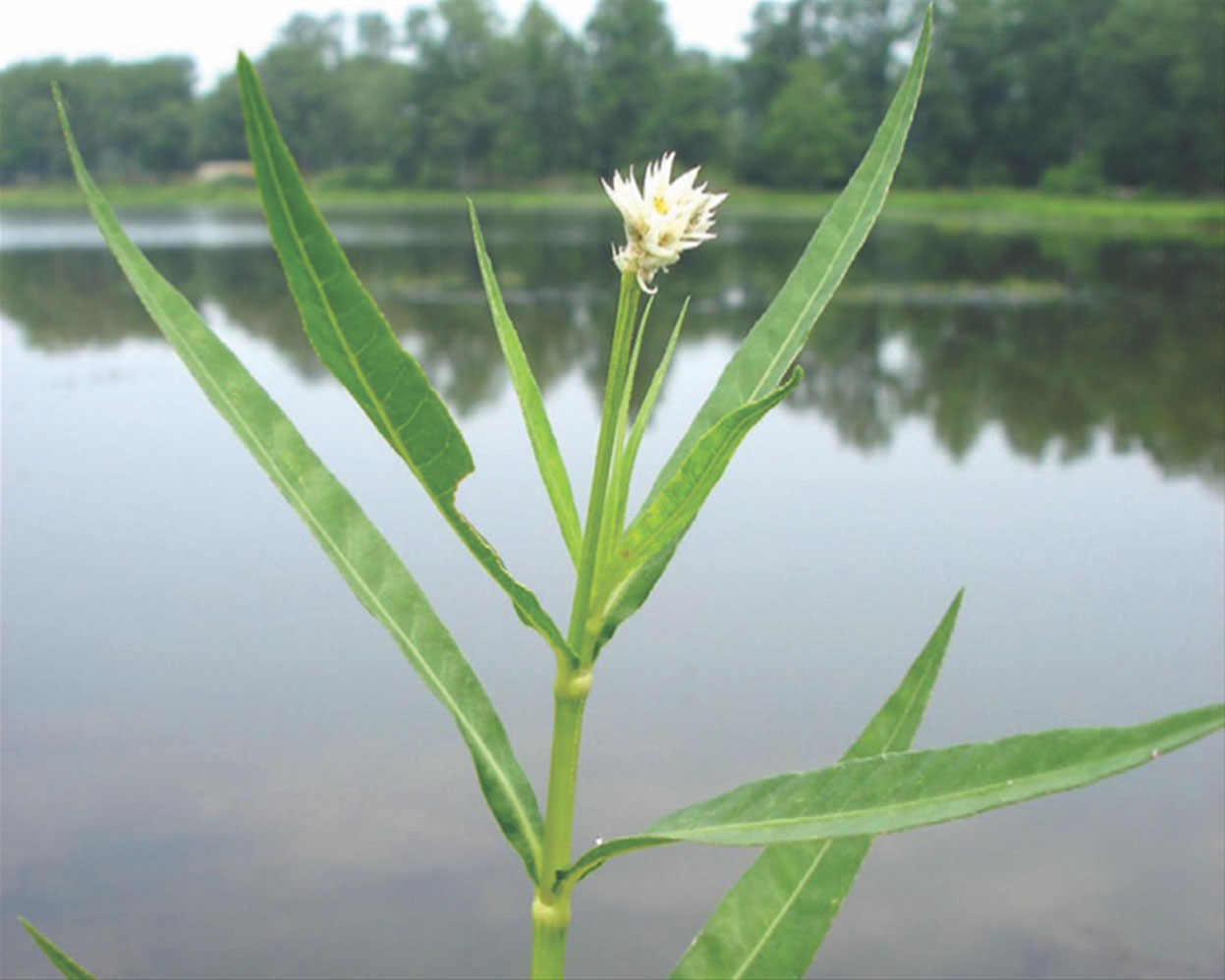
Alligatorweed (Alternanthera philoxeroides). Credit: Graves Lovell, Alabama, DCNR, bugwood.org
|
 |
 |
|
 |
 |
|
 |
 |
Zebra Mussel Watch
Walter E. Long Lake, in Travis County, has been designated as fully infested with zebra mussels (Dreissena polymorpha) after adult mussels were found. The presence of adults is an indicator of an established, reproductive population in the lake. With Walter E. Long Lake, and Divers Lake earlier last month, zebra mussels have now infested 34 Texas lakes, with 30 of those now fully infested.
TPWD emphasized how important it is for boaters, marina operators and others to Clean, Drain and Dry all boats and water craft equipment before moving them, and to remain vigilant to stop the spread of aquatic hitchhikers. Zebra mussel larva is microscopic, and it is very easy to accidently transport it in residual water remaining in the boat or watercraft equipment.
If you believe you have seen a zebra or quagga mussels, please take a picture and REPORT IT! here.
|
 |
Kylee N. Kleiner, TRIES.
|
 |
 |
|
 |
 |
|
 |
 |
Ready For Bat Week?
Bat Week, October 24-31, is an annual, international celebration of the role of bats in nature, designed to raise awareness about the need for bat conservation. I know bats are not an invasive species, so why add them to an invasive species newsletter? Because Texas is chock-full of bats. Texas is not only home of the largest number of bats in the country, (32 out of 47 species) but also the largest bat colony in the world (Bracken Cave Preserve near San Antonio), as well as the largest urban bat colony (Congress Avenue Bridge in Austin).
Batweek.org is celebrating with virtual events for kids, teens and adults, as well as providing the public with an assortment of bat related ‘Teach and Learn’ printable materials for all ages, such as the ‘Bat Week In A Box’ activity collection, 'batweek cookbook', a comic, coloring pages, and more.
|
 |
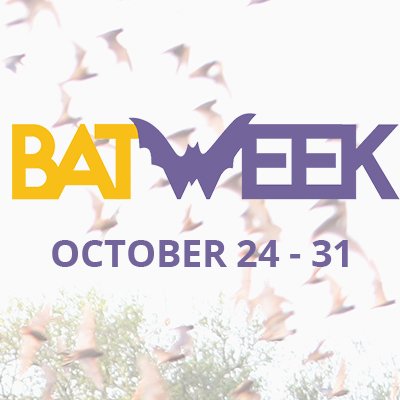
Credit: BatWeek.org
|
 |
 |
|
 |
 |
Invasive Spotlight:
Brown Fir Longhorn Beetle
(Callidiellum villosulum)
The brown fir longhorn beetle (Callidiellum villosulum) is a wood-boring beetle that is 6-12 mm long, chestnut brown, and thinly covered with long grayish stiff hairs. The male antennae are slightly longer than the body, whereas the female antennae are about two-thirds of the body length. The prothorax is wider than its length, and the two sides are rounded with no lateral spikes. The ventral portion of the thorax and the femur of all appendages are brownish-red and thickened. Many additional characteristics found on the head and antennae are small and may require a hand lens to see.
Larvae are about 10 mm long, light yellow, and the body is slightly flat. The mouthparts are blackish brown. The pronotum has a pair of brown markings and the thoracic legs are receded. As with other longhorn beetles, they burrow in the wood under the bark.
These bark beetles primarily attack trees in the Taxodiaceae family (now placed in the Cupressacea), which includes the sequoia (Sequoia), redwood (Sequoiadendron), and bald cypress (Taxodium). Due to the geographic isolation of some species, especially the sequoias, an infestation of these beetles could be especially dangerous. Its native host tree, Chinese fir (Cunninghamia lanceolata) and Japanese cedar (Cryptomeria japonica) belong to genera that do not exist in North America, but have been planted throughout the United States, and thus may offer a foothold for the beetles to damage landscapes.
This beetle appears to be spread by humans through the movement of wood, especially in imported trees and in wood trunks of artificial Christmas trees imported from China. The adults are capable of flight, but it is unknown if they will be able to distribute themselves great distances. While these beetles are not currently established in Texas, individuals have been found at Texas ports, including those in Houston, and have been found on shipments of furniture.
The brown fir longhorn beetle does pose a potential threat to Texas if it were to ever be introduced to the state. Because of this, it has been ranked a ‘Report It! Species’ as part of the Sentinel Pest Network, a component of Texasinvasives.org. If you believe you have found a brown fir longhorn beetle, please REPORT IT! HERE. Since there are many native longhorn beetles that can be misidentified as the invasive beetle, we ask that you collect a specimen to aid in identification.
For more information about the brown fir longhorn beetle, visit the TexasInvasives species info page. Invasive bark borers can also be transported across county and state lines via the movement of infested firewood. To avoid this, use local firewood when possible.
|
 |
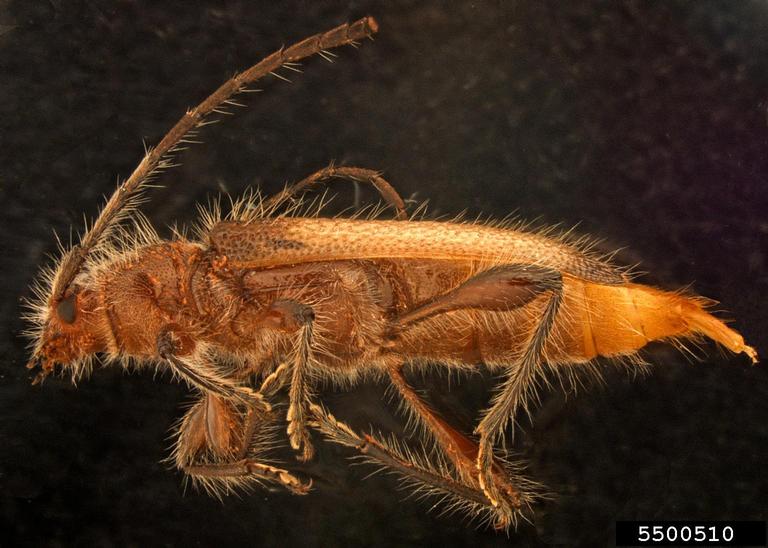
Brown fir longhorn beetle (Callidiellum villosulum). Credit: Greg Bartman, USDA APHIS PPQ, bugwood.org
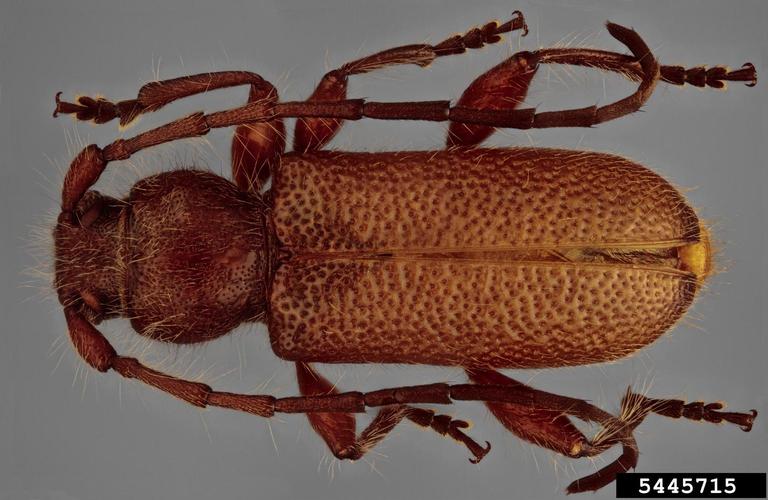
Dorsal view of brown fir longhorn beetle. Credit: Steven Valley, Oregon Department of Agriculture, bugwood.org
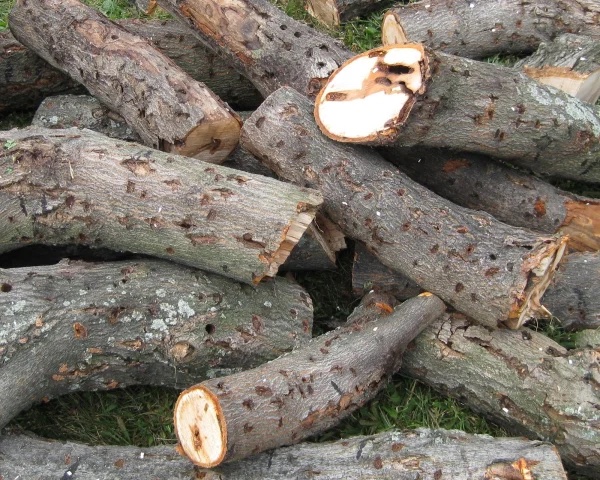
Example of asian longhorn beetle (Anoplophora glabripennis) damage in firewood. The asian longhorn beetle is an invasive wood borer related to the brown fir longhorn beetle. Both leave clear exit holes in the exterior of the wood and extensive internal damage when a tree is infested. Dont Move Firewood. Credit: Florida Department of Agriculture and Consumer Services.
|
 |
 |
|
 |
 |
Get Involved Today!!
The Texas Invasive Species Institute (TISI) and The Texas Research Institute for Environmental Studies (TRIES) have many surveys and projects underway. These facilities strive to provide yearly invasive species presence and absence data to the authorities. Pre-screening is one of the first lines of defense in the war against invasives. However, sometimes it is hard to do it alone.
With the aid of the public and citizen scientist, we could cover a much wider area, and gather a more substantial amount of data. When it comes to protecting our environment, there is an opportunity for everyone! Together we can make a difference, one research project at a time.
See how you can get involved by reading the projects listed below or see all the available projects on the Texas Invasives website HERE.
Aquarium Watch: Looking for Prohibited Invasive Aquatic Species
Please help texasinvasives.org and natural habitats by looking for 14 prohibited invasive aquatic species being sold in your local aquarium store. With just one photo you can assist us in finding and documenting which stores are selling prohibited species. Texasinvasives.org will contact the appropriate Texas institutions to remove the species for sale.
If you would like more information please email invasives@shsu.edu, and mention you want to assist with our Aquarium Watch.
Air Potato Survey
Help Texas Research Institute for Environmental Studies conduct an air potato survey by actively reporting any infestations seen in your area. The air potato (Dioscorea bulbifera) is a fast growing, high climbing vine. Potato-like tubers are the primary means of reproduction for this vine. They can be as small as a marble or as large as a softball. Native yams are often confused for air potatoes, to avoid this confusion please refer to the key below:
- Plants rhizomatous; bulbils never produced in leaf axils; petiole base never clasping the stem; Native D. villosa
- Plants tuberous; bulbils produced in leaf axils; petiole base sometimes clasping the stem; Invasive D. bulbifera
For additional information, please refer to the TexasInvasives information page.
If you believe you have identified an air potato vine, please email invasives@shsu.edu and include the following information: an image, an approximate number of vines present, the location (including whether it is on public or private land), and if bulbils are present (the potato-like tubers that emerge from the stem). |
 |
Participation Opportunities. Credit: KNKleiner, TRIES.
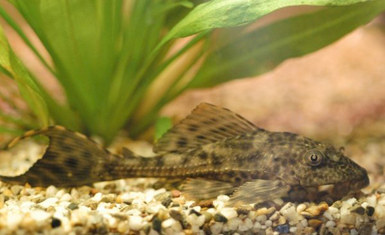
Armored catfish ( Hypostomus plecostomus). Credit: United States Geological Survey.
2%20bulbil.%20credit%20Karen%20Brown.jpg)
Air-potato (Dioscorea bulbifera), bulbil emerging from leaf axil. Credit: Karen Brown.
|
 |
 |
|
 |
 |
More News
Local Biodiversity Is Boosted When Invasive Creatures Are Eradicated
A study of over 100 years of successful eradication campaigns of invasive species demonstrate big gains in biodiversity can be made once invasive species are removed from a local ecosystem. news9live.com
An Invasive Species May Be Playing a Role in The Summer's High Crab Prices
The invasive blue catfish (Ictalurus furcatus) known as the "River Monster of the Potomac " and other major Chesapeake Bay tributaries. The catfish's diet includes native blue crabs (Callinectes sapidus). A 2021 study reports the catfish consumed as many as 2.3 million crabs per year from a study area decreasing the crab population, resulting in an increased market price. wusa9.com
Soil Microbiota Can Boost the Growth of Invasive Plant Species and Provide Defense Against Herbivores
Researchers examined how soil microbes can hinder or aid invasive species plant growth. To do this they examined garden lupine (Lupinus polyphyllus), a perennial herb native to North America, but invasive to many European countries. phys.org
Millions Spent to Keep Invasive Fish Out of The Great Lakes, But Who Is Protecting the Mississippi River?
Federal and state agencies spend millions of dollars every year to keep destructive invasive carp out of the Great Lakes. Meanwhile, at least 25 destructive invasive species, like water fleas (Bythotrephes longimanus) and bloody red shrimp (Hemimysis anomala) are encroaching on the Mississippi River Basin. mprnews.org
Harnessing The Power of Natural Landscapes to Eradicate Pests
A new study demonstrates how mountain ranges can act as natural barriers against invasion or movement of pests and invasives. By better understanding these findings, it might be possible to utilize natural landscape features. phys.org
Ecoacoustics Is Being Used to Detect Invasive Species in Water Systems
Ecoacoustics is an emerging field that combines acoustics and ecology. It can be used to assess and monitor the biodiversity of an ecosystem by studying its soundscape in marine, terrestrial, and pond ecosystems. geographical.co.uk
World First Genomic Study Shows Why Invasive Species Are So Successful
By examining the genomics of invasive plants, such as ragweed (Ambrosia artemisiifolia), they can determine what factors makes these particular species so resilient and successful. phys.org
Here's How Two Invasive Species Have Cost the World $16bn - And What Can Be Done About It
The brown tree snake (Boiga irregularis) and American bullfrog (Lithobates catesbeianus) have caused $16 billion in damage between 1986 and 2020 making them the costliest invasive species analyzed by scientists during that period. weforum.org
Climate Change and More Disturbed Land-Use Types Will Further the Invasion of a Non-Native Annual Grass, Ventenata Dubia
A study that adopted species distribution models to project potential habitat of an invasive grass called Ventenata dubia. link.springer.com
Examining How Urbanization Induces Changes in Invasive Toad Populations
Urbanization and urban environments have had an impact on the morphology of invasive cane toads (Rhinella marina) in Australia. When compared to cane toads from rural areas, researchers found multiple morphological variations supporting the species ability for rapid adaptation. phys.org
|
 |
 |
|
 |
 |
|
|
 |
Sentinel Pest Network and Invaders of Texas Workshops
Invaders of Texas workshops train volunteers to detect and report invasive species as citizen scientists. Workshops, which are free, are designed to introduce participants to invasive species and the problems they cause, cover aspects of invasive species management, teach identification of local invasive plants, and train participants to report invasive plants using the TX Invaders mobile application. The workshop is 7 hours long (usually on a Saturday, but scheduling is arranged with each individual host group). The workshop satisfies Master Naturalist training requirements.
Sentinel Pest Network workshops serve to increase the awareness and early detection of a set of particularly important invasive species to help prevent their spread into Texas or their further spread within Texas. Participants learn to identify species such as the Emerald Ash Borer, Cactus Moth, Asian Longhorned Beetle, and other pests of regulatory significance, and to report them. The workshop is 3.5 hours long. The workshop satisfies Master Naturalist training requirements.
Upcoming Workshops:
-NA-
|
|
 |
|


 Cost per species for both classes. Red bars represent amphibians, while blue bars represent reptiles. The green bar represents the total cost of invasive herpetofauna. Credit: Soto et al., 2022, figure 2.
Cost per species for both classes. Red bars represent amphibians, while blue bars represent reptiles. The green bar represents the total cost of invasive herpetofauna. Credit: Soto et al., 2022, figure 2. Total cost of alien (a) amphibian and (b) reptile species according to the sector impacted and their type of costs. Credit: Soto et al., 2022, figure 3.
Total cost of alien (a) amphibian and (b) reptile species according to the sector impacted and their type of costs. Credit: Soto et al., 2022, figure 3. Transmission electron microscopy of Ca. Liberibacter cells located in a citrus sieve tube. Credit: J.M. Bove, INRA, Bordeaux, FR
Transmission electron microscopy of Ca. Liberibacter cells located in a citrus sieve tube. Credit: J.M. Bove, INRA, Bordeaux, FR Russelliana capsici, psyllid pest to pepper plants in Argentina and Brazil. Credit: J. P. Bouvet, CC BY-SA 4.0.
Russelliana capsici, psyllid pest to pepper plants in Argentina and Brazil. Credit: J. P. Bouvet, CC BY-SA 4.0.




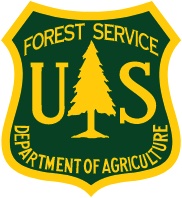

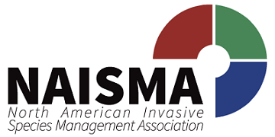




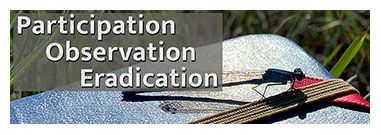

2%20bulbil.%20credit%20Karen%20Brown.jpg)

